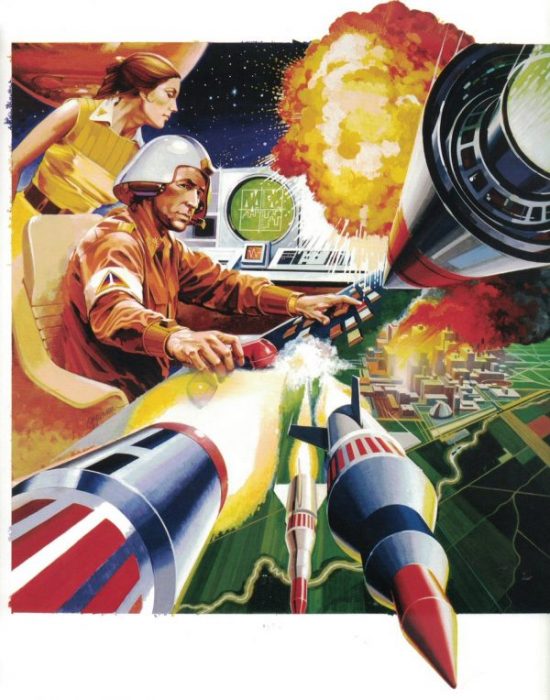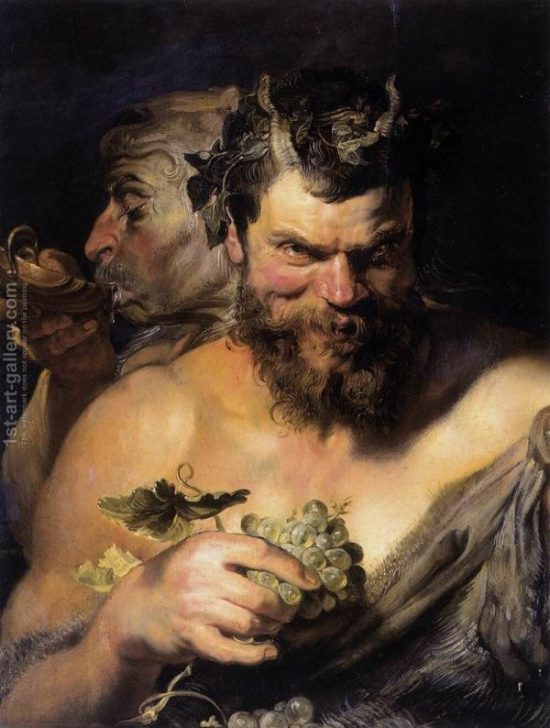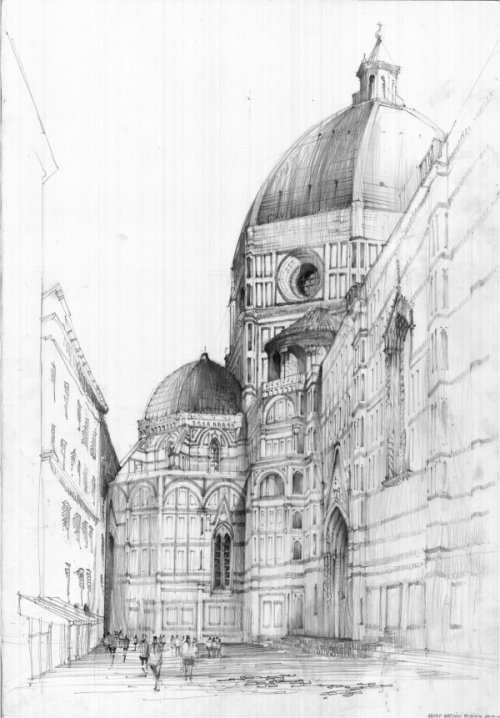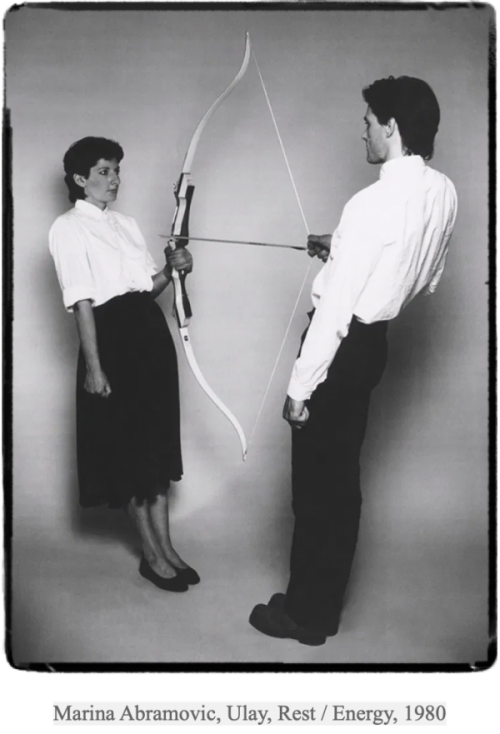by Fraser Hibbitt for the Carl Kruse Arts Blog Tim Lapetino’s book The Art of Atari is a celebration of the visual worlds that emerged from Atari’s mission to market their video games. It is also a compendium of a certain time, the nascent culture of video gaming. An unavoidably nostalgic book – one flicks
Month: July 2021
The Legacy of the Satyr
by Hazel Anna Rogers for the Carl Kruse Arts Blog The passing-down of literature fascinates me. I find something utterly awe-inducing in the ability of human language to convey a narrative generation after generation, and for us to have the knowledge and ingenuity to understand the importance of preserving great stories and characters. I suppose
Filippo Brunelleschi and his Dome
By Asia Leonardi for the Carl Kruse Arts Blog Filippo Brunelleschi (1377-1446), architect and engineer, sculptor and painter, is universally considered the pioneer of the Italian Renaissance and the creator of an approach to architecture that would dominate the European art scene, at least until the end of the 19th century. Through a passionate study
Marina Abramović, Grandmother of Performance Art
By Asia Leonardi for the Carl Kruse Arts Blog This story begins with a woman standing motionless in a room. Half-naked, a trickle of blood dribbles on her breasts, her eyes swollen with tears, and a gun is aimed at her while surrounded by a group of men. This is not the scene from a crime



